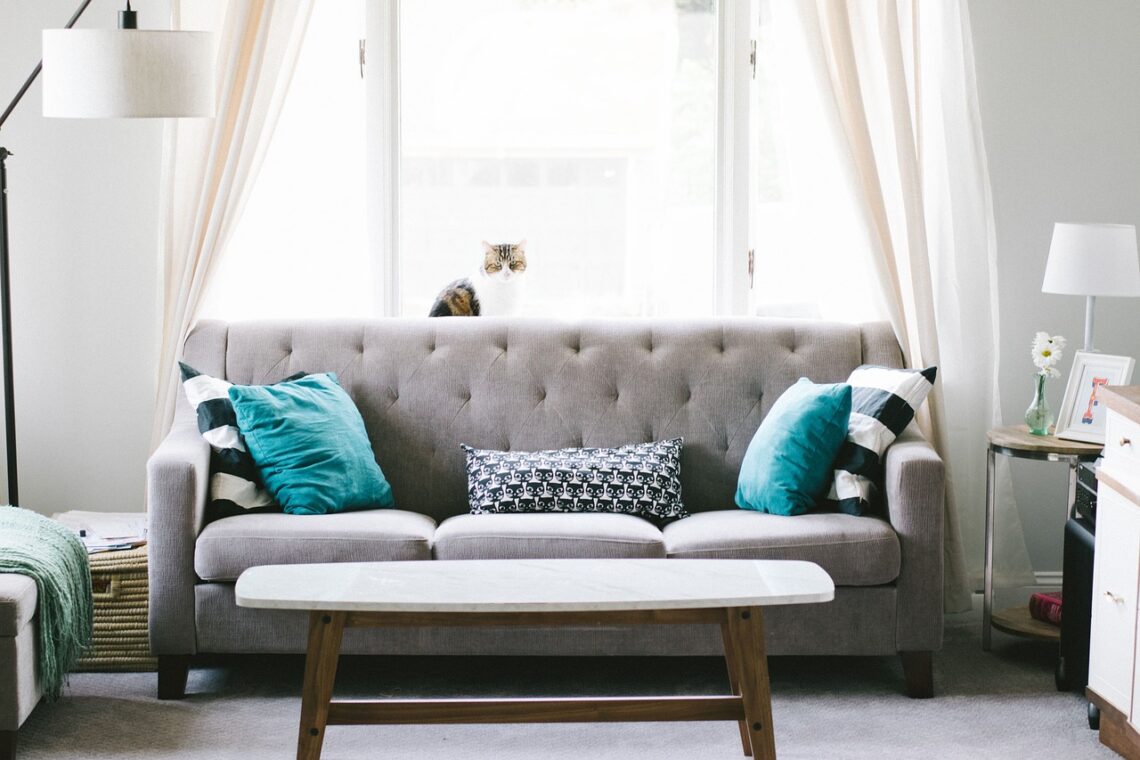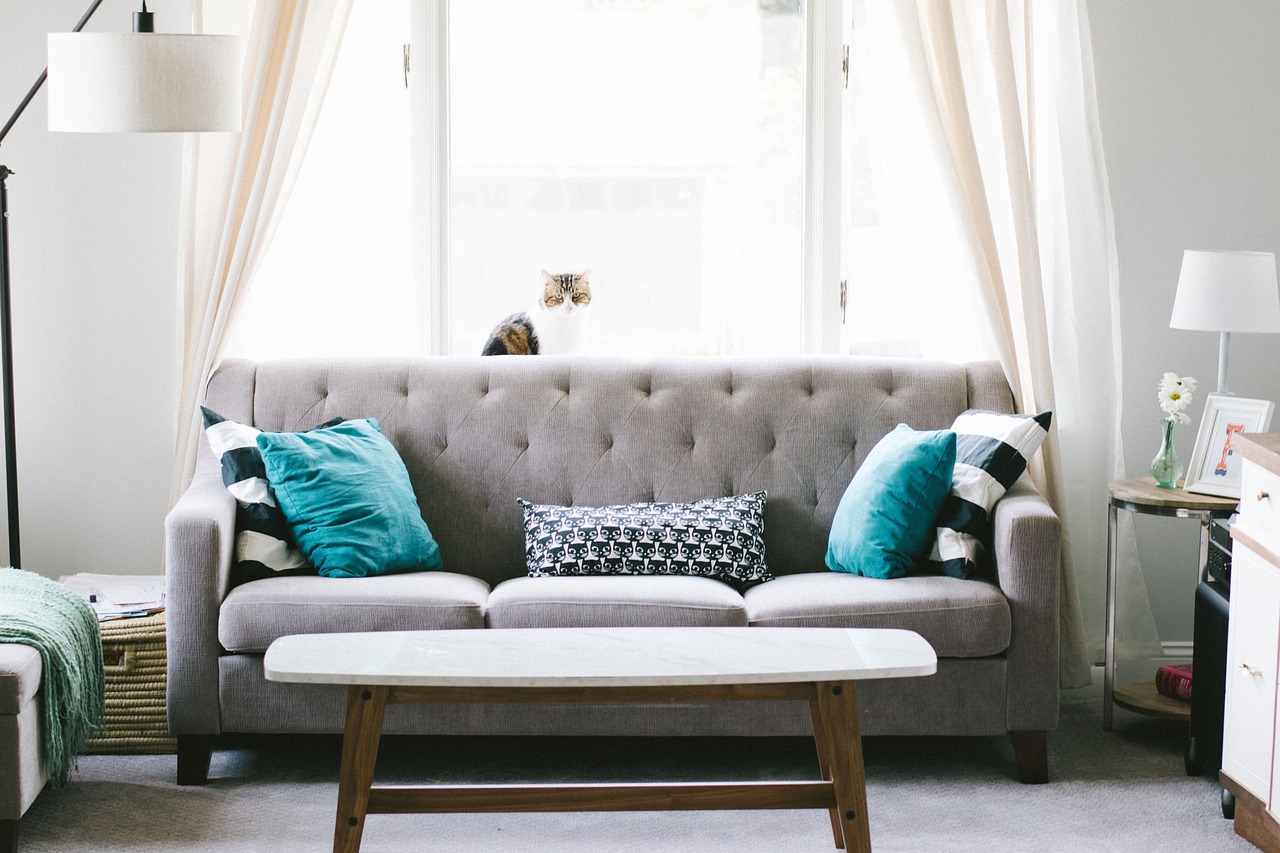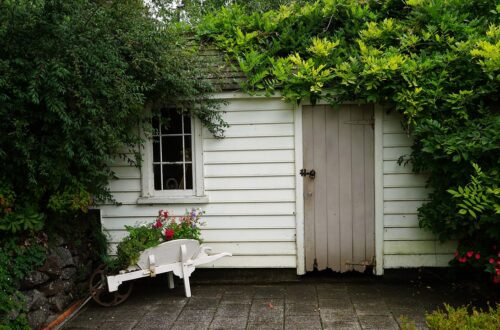In the hustle and bustle of everyday life, finding a quiet space to relax and unwind can feel like a luxury. However, carving out a peaceful sanctuary within your own home is essential for maintaining mental clarity, reducing stress, and promoting overall wellbeing. Whether you live in a bustling household with children and pets or share your space with roommates or family members, creating a quiet space where you can escape the chaos and recharge is essential. In this blog post, we’ll explore some simple yet effective tips for finding tranquility in a busy household.
Identify Your Quiet Zone
The first step in creating a quiet space is to identify a suitable location within your home where you can retreat and find solace away from the hustle and bustle of daily life. Choose a room or area that is free from distractions and noise, such as a spare bedroom, study, or corner of your living room. Consider factors such as natural light, ventilation, and proximity to noise sources when selecting your quiet zone to ensure maximum tranquility and comfort.
Set Boundaries and Communicate
Once you’ve identified your quiet space, it’s important to set boundaries and communicate your needs with others in your household. Let your family members or housemates know that your quiet space is a designated sanctuary where you go to relax and unwind, and ask for their cooperation in respecting your need for peace and quiet. Establishing clear boundaries and open communication can help minimise interruptions and ensure that your quiet space remains a tranquil refuge for relaxation and rejuvenation.
Create a Calming Atmosphere
Transform your quiet space into a calming sanctuary by incorporating elements that promote relaxation and tranquility. Consider adding soft furnishings such as cushions, throws, and rugs to create a cosy and inviting atmosphere. Incorporate soothing colours and natural materials to evoke a sense of serenity and peace. Enhance the ambiance with gentle lighting, such as candles, fairy lights, or a Himalayan salt lamp, to create a warm and inviting glow that promotes relaxation.
Personalise Your Space
Make your quiet space truly your own by personalising it with items that bring you joy and comfort. Display photographs, artwork, or mementoes that hold special meaning and evoke positive emotions. Add plants or fresh flowers to bring a touch of nature indoors and purify the air. Create a comfortable seating area with a plush armchair or bean bag where you can curl up with a good book or simply sit and unwind. By infusing your quiet space with elements that reflect your personality and interests, you’ll feel more at ease and relaxed in your sanctuary.
Schedule Regular Quiet Time
Make a commitment to prioritise regular quiet time in your schedule to recharge and rejuvenate. Set aside dedicated time each day to retreat to your quiet space and engage in activities that promote relaxation and self-care, such as meditation, reading, journaling, or simply sitting in silence and reflecting. By incorporating regular quiet time into your routine, you’ll cultivate a greater sense of inner peace and resilience, enabling you to navigate life’s challenges with grace and ease.
Conclusion
In conclusion, creating a quiet space in a busy household is essential for promoting mental clarity, reducing stress, and nurturing overall wellbeing. By identifying a suitable quiet zone, setting boundaries and communicating your needs, creating a calming atmosphere, personalising your space, and scheduling regular quiet time, you can carve out a peaceful sanctuary where you can escape the chaos and find solace within your own home. So take the time to create a quiet space that speaks to your soul and provides a refuge for relaxation and rejuvenation. Your mind, body, and spirit will thank you for it.









